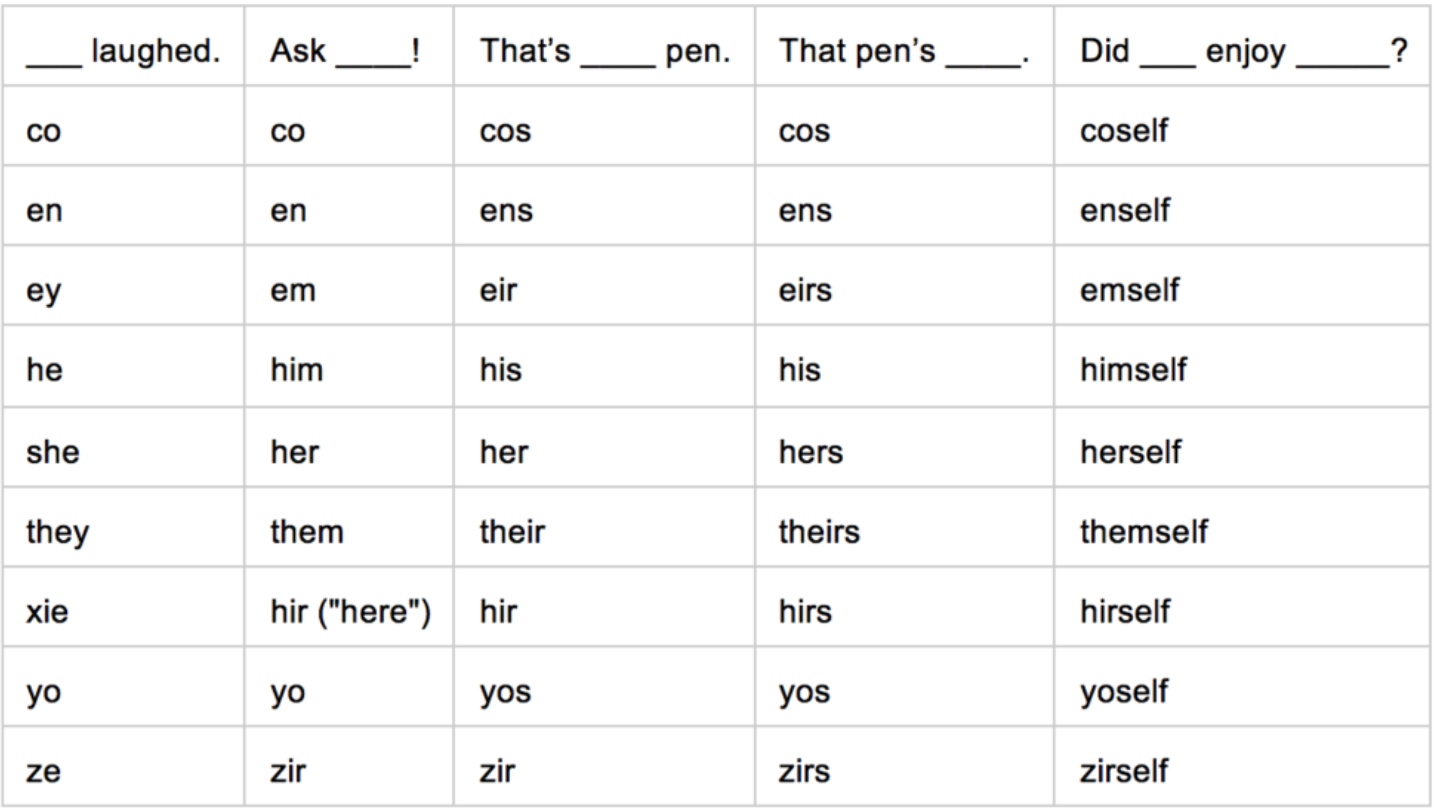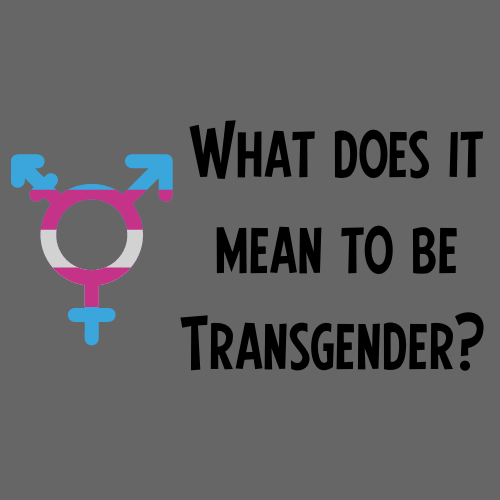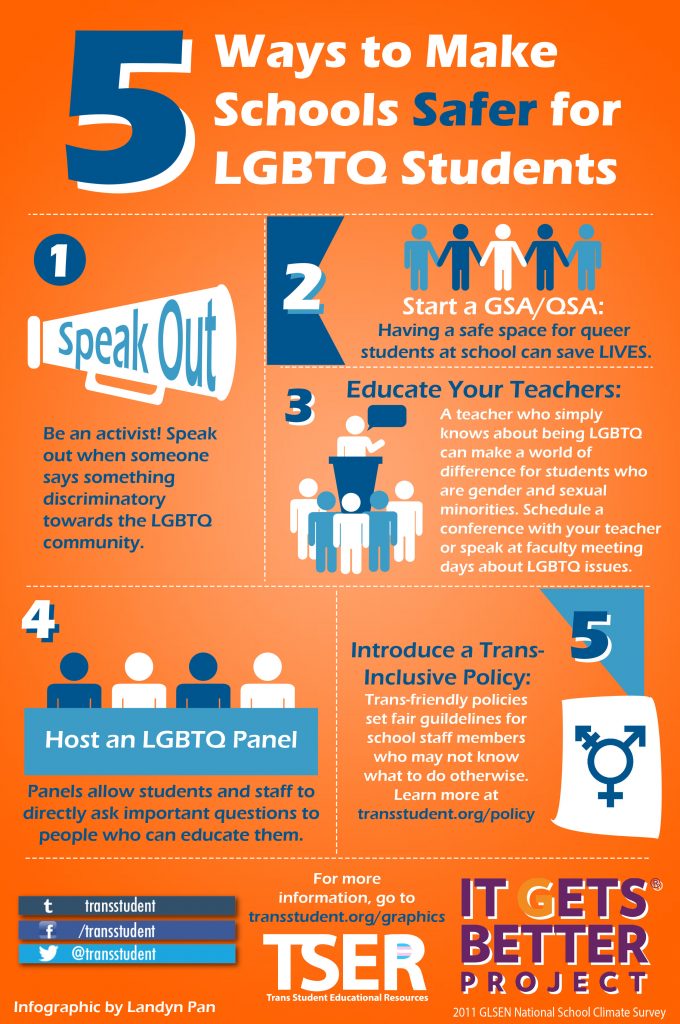Docs Tag: ally
Gender pronouns

Gender pronouns are words someone would like others to use when talking about or referring to them. They are almost like a replacement in a sentence for your name. The most common pronouns used are “he, him, his” and “she, her, hers”. When someone is transgender or gender nonconforming, they may prefer to use different pronouns, such as “they, them, theirs”. There are many other pronouns someone may choose to use – check the graphic below to see what some of them are.

If you are cisgender, which means your gender identity matches the sex you were assigned at birth (i.e. born a female and gender identity is female), you may have not given much thought to pronouns before. People can typically guess what a cisgender person’s pronouns are by looking at them. Not everybody has this privilege! People who are transgender or gender nonconforming may use pronouns that you wouldn’t guess just by looking at them.
The pronouns a person uses are an important part of their identity. For people who are transgender, the shift in pronouns can be an important part of their transition. So, how can you be supportive? Stating your own gender pronouns and asking for other people’s gender pronouns when you meet them is a great way to communicate that you are supportive of all identities. Once someone tells you their gender pronouns, try your best to remember what they are and use them appropriately.
Transgender
 Gender identity is the personal sense of your own gender. It can match the sex you were assigned at birth or it can be different. Cisgender is a gender identity that means your gender identity and the sex you were assigned at birth are the same (i.e. you are born with male genitalia and feel that you are a male).
Gender identity is the personal sense of your own gender. It can match the sex you were assigned at birth or it can be different. Cisgender is a gender identity that means your gender identity and the sex you were assigned at birth are the same (i.e. you are born with male genitalia and feel that you are a male).
Transgender is a gender identity meaning a person’s gender at birth does not match the way they feel about themselves on the inside (i.e. you are born with male genitalia but feel that you are a female). People with female genitalia who transition to become males are transgender males, and people with male genitalia who transition to become females are transgender females. There are also transgender people who feel that they are not either gender, which can be called gender non-conforming or gender non-binary.
Youth who are transgender feel very strongly that they wish to be or are a different gender than the one they were assigned at birth. They may feel uncomfortable in their body and wish that it looked like the gender they are on the inside. Through hormone therapy or surgery, these youth can change their bodies to align with their gender identity.
Transgender youth are at a higher risk for bullying, rejection from family and friends, anxiety, depression, and suicide. Consider how you can make your school or community feel safer and more welcoming to people who are transgender! I’ve attached an infographic with some great ideas.


How to Be an Ally to the LGBTQ2S+ Community
Have you ever wondered how you can be supportive of the LGBTQ2S+ community, even if it’s not part of your own identity?
An ally is someone who chooses to commit themselves to behaving in ways that are supportive of the LGBTQ2S+ community, regardless of their own identity and beliefs. Allies are vital. They not only provide support, but they also can use their own strengths and titles they hold to advocate for this community and reduce discrimination against them.
The fact that you’ve gotten this far in this post shows that you are already beginning the process to becoming an ally. Great work! Read on for more tips:
1. Reflect on your own assumptions, beliefs, and values.
Take some time to do this, and then think about how these pieces may consciously or subconsciously affect your thoughts, behaviour, and actions. Being a good ally often starts with taking a look in the mirror!
2. Listen with an open mind.
Focus on listening to the other person and using empathy to understand their perspective instead of making judgments about what they say. This can help build trust and let the other person know that you want to understand their point of view, despite any differences in your backgrounds or experiences. And if there is something that you don’t understand, just ask instead of assuming.
3. Believe them.
Part of listening with an open mind is believing what the other person shares with you. It’s not your job to judge what they say. As you are listening, it is important as a good ally to affirm the person’s story – meaning that you do not question, but validate what they are describing at face value (i.e. “Wow, I can’t imagine how you feel going through this. That sounds really hard.”).
4. Use preferred names/pronouns/terms appropriately.
This affirms to the person that you are acknowledging their identity. See the last couple weeks’ posts for more info on this one 🙂
5. Be an advocate!
This can be big or small. This can look like something supportive on social media, educating friends, colleagues, or family members when you hear them being discriminatory, or speaking to local policy makers about the need for change. Being an advocate is about taking any form of action against discrimination or hatred toward the community.